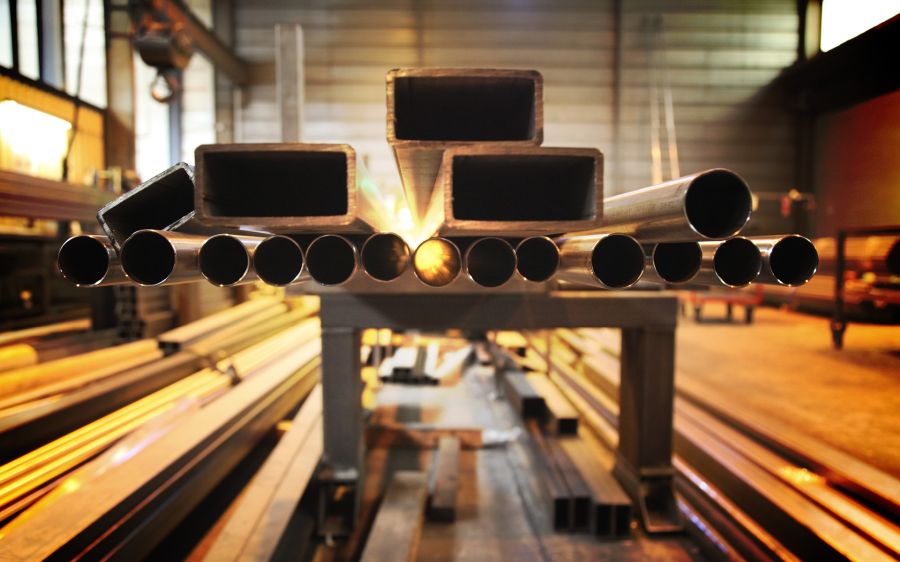Polished Stainless Steel Tubing
One of the most common forms of polished stainless steel, tubing is used across a variety of industries. Depending on the finish, stainless steel tubing may be seen as a decorative element (in mirror polished form) or as a critical component of mechanical, industrial, or electrical systems.
At Polished Metals, we supply high volumes of mirror and satin polished stainless steel tubing in a wide variety of shapes, including square, rectangular, and cylindrical. As with all of our stainless steel finishing, we can process several varieties of this metal as tubing, including 304 and 316 stainless steel alloys.

Polished Stainless Steel Tubing for All Industries
As tubing, stainless steel is commonly found across many industries. Due to stainless steel’s resistance to corrosion and ease of sanitization, it is commonly seen in highly sterile environments. Both mirror and satin polished stainless steel tubing are used in the medical and pharmaceutical industries, brewing and food production, plumbing, and even for electrical systems to name just a handful of applications.
In addition to its more utilitarian use cases, stainless steel is also popular as a decorative metal. Polished stainless steel tubing may be seen as an accent for building exteriors, as railings, or even used in decorative sculptures and other artwork.
A Wide Variety of Shapes and Alloys
Thanks to our 50,000 square foot facility, we’re able to accommodate specific and high-volume orders completely in-house. We work with stainless steel tubing in a variety of forms, including the following shapes:
- Round/Cylindrical
- Oval/Elliptical
- Square
- Rectangular
- …and more!
We also work with most stainless steel alloys. While 304, 316, and other 300-series stainless steel varieties are the most common for polished tubing, we have the skill and ability to complete finishing projects for other alloys as well.
304 Stainless Steel
This austenitic alloy contains 18% chromium and 8% nickel. It is one of the most widely used alloys because it offers good corrosion resistance and has excellent forming characteristics. As tubing, polished 304 stainless steel has many uses, including for elevators, appliances, sculptures, furniture, storefronts, entrances, railings, interiors, automotive, solar, refrigeration, and truck parts & accessories.
316 Stainless Steel
Also an austenitic alloy, 316 stainless steel contains 16% chromium, 10% nickel, and 2% molybdenum. The combination of higher nickel content and the addition of molybdenum make this much more corrosion resistant than 304. While polished 316 stainless steel tubing may be used in the same situations as 304, it is more common for situations where contact with seawater or brine solutions will be expected, such as for exteriors (particularly in marine environments), marine hardware, and within the pharmaceutical industry.
What’s the Difference Between Stainless Steel Pipes and Stainless Steel Tubing?
The primary difference between stainless steel pipes and tubing is that piping is always round, while tubing may come in a variety of shapes, including square, rectangular, and elliptical. This is due to the different usages of pipes and tubes, respectively. In addition, pipes may be larger in diameter than tubing, which is more commonly used for applications that require smaller dimensions.
Reach Out to Polished Metals Today!
Polished Metals is known throughout the world for our best-in-class metal finishing services. Our expansive inventory of metal types, the quality and consistency of our finishes, and the level of customer service from order to delivery is unsurpassed in the industry.
You know you are working with the best when you work with the Polished Metals team. If you have questions about a particular metal type, product availability, or metal finish, please reach out to us.




















